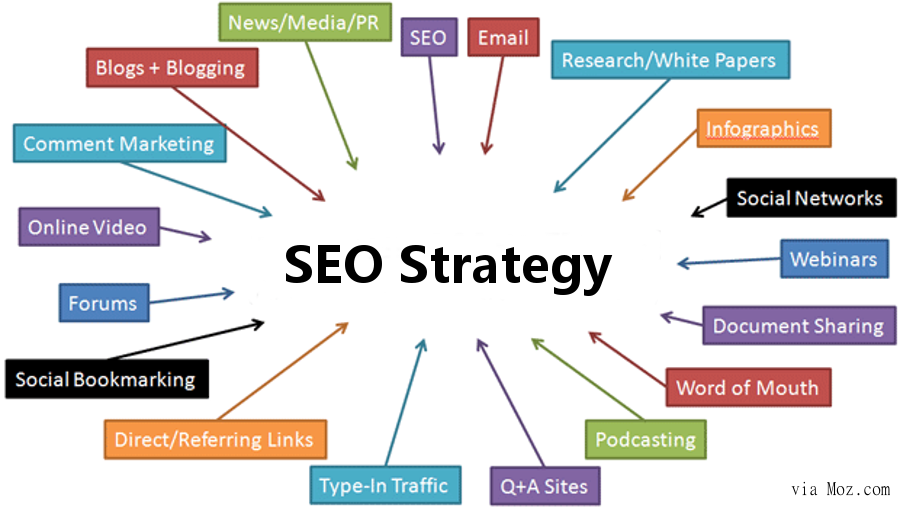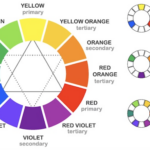
12 steps to Create a great website for a small business
The 12 Essentials to create a great website Website

In today’s highly competitive internet market, having a website alone is not enough. Follow these 12 guidelines to make your website easy to navigate for prospective customers.
Website design best practises include making the site accessible on mobile devices, keeping the navigation straightforward, and leaving enough of white space.
- Pay close attention to information that is requested by customers and review it often to ensure accuracy and fluency.
- Using a custom domain and solid SEO practises, you may make it simpler for prospective customers to find your website (SEO).
- This piece was written for business owners who want to better educate and sell to clients through their websites.
Nowadays, even traditional stores that don’t provide online purchases need an online presence. It’s not hard to create a great website using any of the readily available website-building tools. You should remember these principles of design in any programming language.
1. First, ensure your website is mobile-friendly.
Mobile-friendliness is crucial to the success of a website. More than a third of all online purchases in the UK are made on a mobile device, and the average person spends more than five hours a day on their phones. Your company’s mobile site, obviously, has to be optimised for user satisfaction.
A loss of potential customers might occur if they visit your site from a mobile device and immediately give up if it is not mobile-friendly. Another problem that arises when the mobile user experience of your website is subpar is that it will be harder to find in a Google search.
2. Make it easy to locate.
Your company’s domain name should either be identical to or descriptive of your company’s name. There might be a plethora of domains all leading to the same place. Methods like keyword research, content marketing, and paid advertising campaigns are all part of this strategy.
Hire experts in web design, branding, search engine optimization, and content marketing to guide you while you build your site and landing pages.
3. Make sure your contact information is prominent.
Make sure your company’s contact information, including that of any salespeople, is easy to find, if customer service is crucial to the success of your business.
The need of making contact details easily available, meaning that they should ideally be in the site’s header. “Visitors shouldn’t have to dig around for a phone number or address if they wish to get in touch with the firm.”
Provide links to your social media accounts in the header or bottom of your website if you use them to engage with customers.
4. simplify the process for the user.
Weebly’s co-founder and CPO, Dan Veltri, suggests limiting your primary menu to no more than five clearly labelled tabs, with sub-menus for relevant content arranged underneath. You should make it easy for users to return to the site from whatever page they landed on. Almost seldom will a viewer of your website land on the homepage after doing a Google search.
How did you find out about that?
Your navigation menu should be located at the top of the page, where most users anticipate to see it, since most people scan websites from top to bottom, left to right. Use submenus under major headings to organise content and make it easy to navigate.
5: Don’t cram too much information into each page.
Readers need the ability to put data into perspective. Excessive data on a webpage makes it difficult to retain any new information. Create a neat page with a good balance between text and images.
Eliminating social widgets like a Twitter feed off your site is one way to simplify things. Ask yourself if you’re offering stuff that your reader cares about. Get rid of the widget content if it’s not contributing to the page’s purpose.
6. verify its correctness.
It goes without saying that faults in the form of an incorrect number, out-of-date product information, or even simple grammatical errors can discourage potential buyers. It’s important to examine your work not just before releasing a page, but also on a frequent basis, and especially after making any modifications to other sections of the site.
When making major changes to your company’s website, it’s important to simultaneously update your social media profiles, Google My Business, Yelp, and any other online directories where your firm may be included.
7. Admit that time is of the essence in some situations.
Digital marketing company Akamai found that 88.5% of visitors would leave a slow-loading website. Furthermore, about 70% of online buyers are impacted by the time it takes for a website to load.
Your website’s functionality may be improved by keeping software up-to-date, optimising video and image files for quicker downloads, and using a web host with sufficient bandwidth.
8 .Make sure you include a call to action.
When you’re considering to Create a great website, the content of every page on your website should encourage the visitor to take some kind of action. You need to encourage them to take some kind of decisive action. The goal of these landing pages is to get visitors to take some kind of action that helps your business succeed. This might be anything from phoning you to making a purchase to signing up for a service to downloading a whitepaper. Provide a straightforward call to action in the form of a button, a link, or specific language. Ideally, the CTA would appear before the reader is required to scroll.
9. Go for the simplest conceivable design.
Keep the website’s fonts, colours, and GIFs to a minimum, since they may serve just as visual noise to the user. Reading the information is simplified by the use of short paragraphs and bullet points. Paragraphs should be no more than six lines long.
For mobile responsiveness in particular, which plays a major role in Google’s algorithm for page rankings, this is especially true. A website’s ranking in search engine results increases as its rating rises (SERP). If your competitor’s website is optimised for mobile use and yours isn’t, they may rank higher in users’ search results.
10. Focus on the individual.
E-commerce businesses need to invest as much time and effort cultivating positive brand associations online as brick-and-mortar businesses do in their storefronts.
Since that is the case, your Describing Us page shouldn’t just be a wall of text about your company. Use a good photo of yourself or your employees to make the experience more personable for customers.
11. Always keep the reader in mind while writing content for your website.
People will notice if you Create a great website! Visitors to your website are looking for information that will help them make a buying decision. Sometimes they’re looking for how-to advice, and other times they’re just curious in what you’re selling, so they check out your blog. Whatever the situation may be, your content must be informative and engaging for your target audience if you want to win their business.
When writing website content, put yourself in the shoes of your target audience. As a possible buyer, what details would be most helpful to you? Tell me about your present level of expertise and the areas in which you’d want further information. Focusing on the reader’s perspective will help you keep them on your site for longer, which in turn increases your chances of making a lasting connection with them and ultimately making a sale.
No, you’re not a writer. Don’t worry; simply retain the services of a competent copywriter.
12. It is important to use effective SEO strategies.

It doesn’t matter if your website is the best in its field if no one can find it. Instead of spending money on ads to attract customers, focus on increasing your site’s organic search traffic instead.
People rely on search engines like Google to help them navigate the vast amounts of data available on the Internet. People go on to the second page of results because they can’t find what they need on the first, so make sure your business is on the first. Search engines like Google use secret algorithms to determine the relative importance of individual words and phrases inside a query.
Search engines utilise three processes—crawling, indexing, and ranking—to determine the relevance of your content. By definition, crawling means that they found your site by following links from other pages on the Internet. That’s why it’s important to have your site linked to from as many other sites as possible.
Your site’s content, such as keywords, freshness, relevance, links, and multimedia, is evaluated once it has been discovered by crawling bots and indexed. Keep your site updated with new content that is tightly connected to the keywords you’re targeting.
In conclusion, search engines use a ranking system to determine which results are the most relevant and useful for a user’s query. Rankings are based on relevance and authority. Provide a wealth of supporting information, such as many articles covering different facets of the same topic. One’s site’s credibility increases in proportion to its size, its popularity, and the quality and quantity of other sites that connect to it. SEO software is useful for optimising sites, even for little businesses.

















